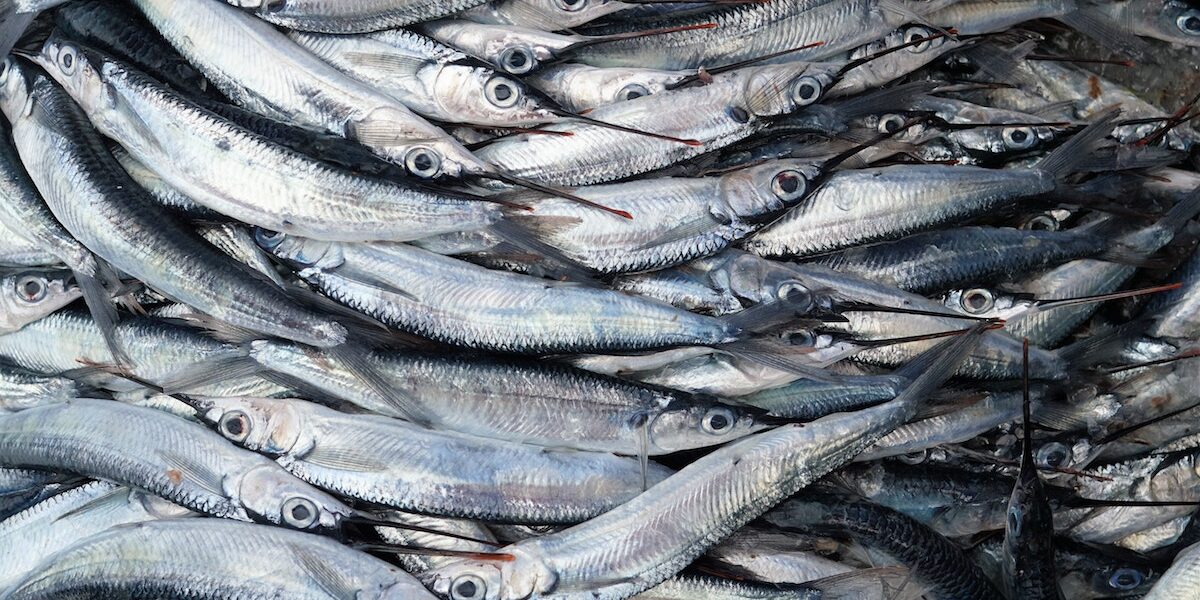by Mark J. Spalding, President of The Ocean Foundation
and Ken Stump, Ocean Policy Fellow at The Ocean Foundation
In response to “Some question whether sustainable seafood delivers on its promise” by Juliet Elperin. The Washington Post (April 22, 2012)
 Juliet Eilperin’s timely article (“Some question whether sustainable seafood delivers on its promise“ by Juliet Elperin. The Washington Post. April 22, 2012) on the shortcomings of existing seafood certification systems does an excellent job of highlighting the confusion confronting consumers when they want to “do the right thing” by the oceans. These eco-labels purport to identify sustainably caught fish, but misleading information can give both seafood sellers and consumers a false sense that their purchases can make a difference. As the study quoted in the article shows, sustainability as defined by Froese’s methods indicates:
Juliet Eilperin’s timely article (“Some question whether sustainable seafood delivers on its promise“ by Juliet Elperin. The Washington Post. April 22, 2012) on the shortcomings of existing seafood certification systems does an excellent job of highlighting the confusion confronting consumers when they want to “do the right thing” by the oceans. These eco-labels purport to identify sustainably caught fish, but misleading information can give both seafood sellers and consumers a false sense that their purchases can make a difference. As the study quoted in the article shows, sustainability as defined by Froese’s methods indicates:
- In 11% (Marine Stewardship Council-MSC) to 53% (Friend of the Sea-FOS) of the certified stocks, the available information was insufficient to make a judgment about stock status or exploitation level (Figure 1).
- 19% (FOS) to 31% (MSC) of the stocks with available data were overfished and were currently subject to overfishing (Figure 2).
- In 21% of the MSC-certified stocks for which official management plans were available, overfishing continued despite certification.
 MSC certification is virtually a foregone conclusion for those who can afford it — regardless of the status of the fish stocks being caught. A system in which fisheries with the financial wherewithal can essentially “buy” a certification cannot be taken seriously. In addition, the considerable expense of undergoing certification is cost-prohibitive for many small-scale, community-based fisheries, preventing them from participating in eco-labeling programs. This is particularly true in developing countries, such as Morocco, where valuable resources are diverted from comprehensive fisheries management to investing in, or simply purchasing, an eco-label.
MSC certification is virtually a foregone conclusion for those who can afford it — regardless of the status of the fish stocks being caught. A system in which fisheries with the financial wherewithal can essentially “buy” a certification cannot be taken seriously. In addition, the considerable expense of undergoing certification is cost-prohibitive for many small-scale, community-based fisheries, preventing them from participating in eco-labeling programs. This is particularly true in developing countries, such as Morocco, where valuable resources are diverted from comprehensive fisheries management to investing in, or simply purchasing, an eco-label.
Coupled with better monitoring and enforcement, improved fishery stock assessments and forward-looking management that considers habitat and ecosystem impacts, seafood certification can be an important tool to leverage consumer support for responsibly managed fisheries. The harm from misleading labels is not just to the fishery—it undermines the ability of consumers to make informed choices and vote with their wallets to support well-managed fisheries. Why, then, should consumers agree to pay more for fish that are identified as having been sustainably caught when they are in fact adding fuel to the fire by tapping into overexploited fisheries?
It’s worth noting that the actual paper by Froese and his colleague cited by Eilperin defines a fish stock as overfished if the stock biomass is below the level deemed to generate maximum sustainable yield (denoted as Bmsy), which is more rigorous than the current U.S. regulatory standard. In U.S. fisheries, a stock is generally considered “overfished” when the stock biomass falls below 1/2 Bmsy. A much larger number of U.S. fisheries would be classified as overfished using Froese’s FAO-based standard in the Code of Conduct for Responsible Fisheries (1995). NB: the actual scoring system used by Froese is outlined in Table 1 of their paper:
| Assessment | Status | Biomass | Fishing Pressure | |
|---|---|---|---|---|
| Green | not overfished AND not overfishing | B >= 0.9 Bmsy | AND | F =< 1.1 Fmsy |
| Yellow | overfished OR overfishing | B < 0.9 Bmsy | OR | F > 1.1 Fmsy |
| Red | overfished AND overfishing | B < 0.9 Bmsy | AND | F > 1.1 Fmsy |
It is also worth noting that a fair number of U.S. fisheries continue to experience overfishing even though overfishing is legally proscribed. The lesson is that constant vigilance and monitoring of fishery performance is essential to see that any of these standards are actually being met — certified or not.
Certification systems have no actual regulatory authority over regional fishery management organizations. Ongoing evaluation of the kind provided by Froese and Proelb is critical to ensure that certified fisheries are performing as advertised.
The only real accountability mechanism in this certification system is consumer demand — if we don’t demand that certified fisheries are meeting meaningful standards of sustainability then certification can become what its worst critics fear: good intentions and a coat of green paint.
As The Ocean Foundation has been demonstrating for nearly a decade, there is no silver bullet to addressing the global fisheries crisis. It takes a toolbox of strategies—and consumers have an important role to play when they any seafood—farmed or wild—in using their purchases to promote healthy oceans. Any effort that ignores this reality and exploits consumers’ good intentions is cynical and misleading and should be called to account.








